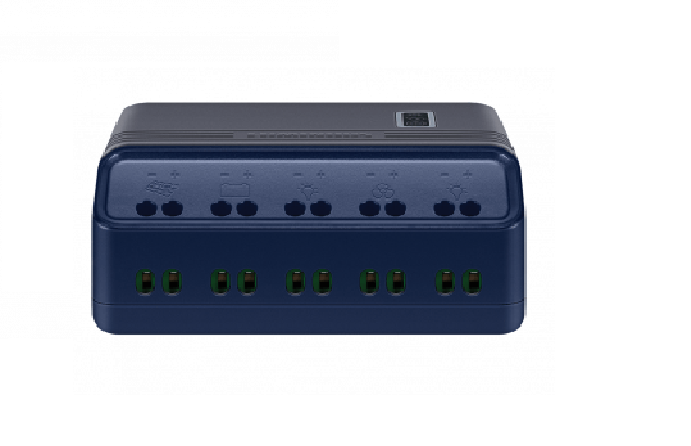
A solar charge controller is a regulator that prevents batteries from overcharging. The controller monitors the current and voltage levels that a solar panel radiates into the battery. It also ensures that deep cycle batteries do not get overcharged, and the power does not return to the solar panels at night. In other words, a solar charge controller is one of the most essential parts of a solar power system.

Let’s Take A Look at The Functions of The Solar Charge Controller
1. Prevents Reverse Current at Night
At Right solar batteries run the risk of passing small amounts of current back to the solar panels. This can lead to a discharge from the battery, which can damage the solar panel. A solar charge controller prevents this from happening and protects your solar panel from getting damaged.
2. Doesn’t Allow Overcharging
Once a solar battery is completely charged, it can’t store incoming energy, which is why it is vital to prevent any more energy from reaching the battery. This is where a solar charge controller comes into the picture. This controller breaks the flow of energy when the battery reaches a specific voltage level, preventing it from getting overcharged.
There Are Two Types of Solar Charge Controllers Available in The Indian Market
Pulse Width Modulation (PWM)
At the time of bulk charging, there is a free-flowing connection between the array and the battery bank. As the battery gets charged, its voltage goes up, causing the voltage of the solar panel to go up as well. The Pulse Width Modulation Charge Controllers work by connecting the solar array to the battery bank to save your battery.
Maximum Power Point Tracking (MPPT)
MPPT controllers work in an advanced manner. These controllers adjust to the input voltage and current levels of the PV array to identify the ideal operating voltage. This helps the controllers to generate maximum power at a point in time. You can use MPPT controllers with
higher voltage PV arrays as well.
How to Choose the Best Solar Charge Controllers?
While MPPT technology is slightly more expensive than PWM, both of them are equally equipped to do the job. However, which of these technologies are better for you will depend on your location and application. The next thing that you should keep in mind is that you do not exceed the input voltage the controller can intake. This is why you must choose the controller according to your voltage requirement.
Even the temperature and the open-circuit voltages need to be taken into consideration. As the PV open-circuit voltage (Voc) goes up when the temperature drops, you will also need to ensure the input voltage ratings of your controller can handle this even during the colder months.
You can even choose to go for controllers that allow you to directly charge your DC devices without using any adapter. A good example is the Luminous Solar Charge Controller. This controller comes with a built-in USB port, allowing you to charge your phone and other devices without using extra electricity. This controller functions on two battery voltages – 12V & 24V – and automatically switches between the two according to the requirement.
No matter which solar charge controller you go for, it is crucial that you make a wise choice according to your budget and requirements. While it is advisable to keep your application, budget, and location in mind, one of the most important steps is to go for a reliable brand. Trusted brands such as Luminous offers a wide variety of charge controllers with excellent features like automatic battery selection, inbuilt low voltage disconnect, and more, making them one of the best controllers available in the market.






